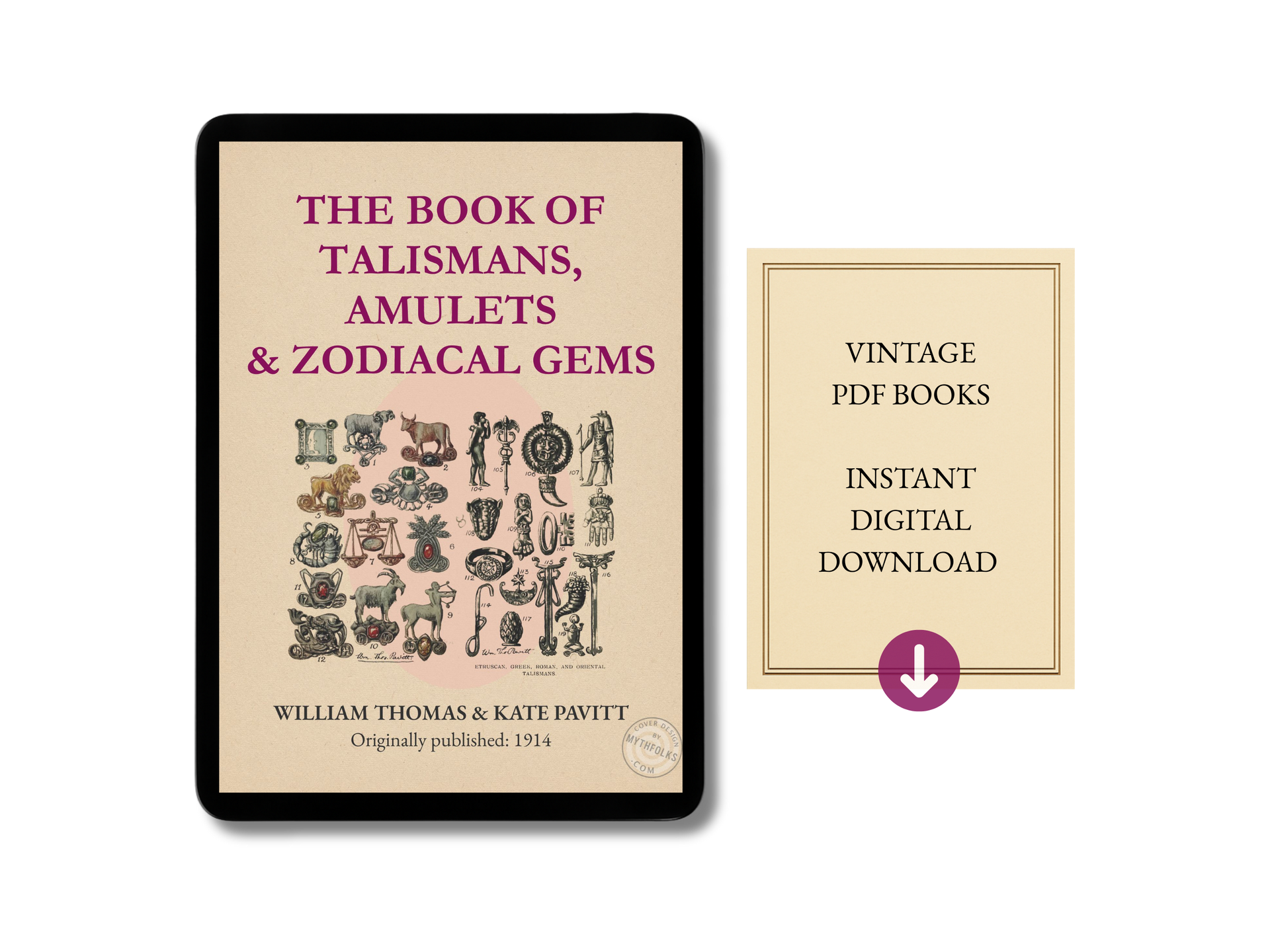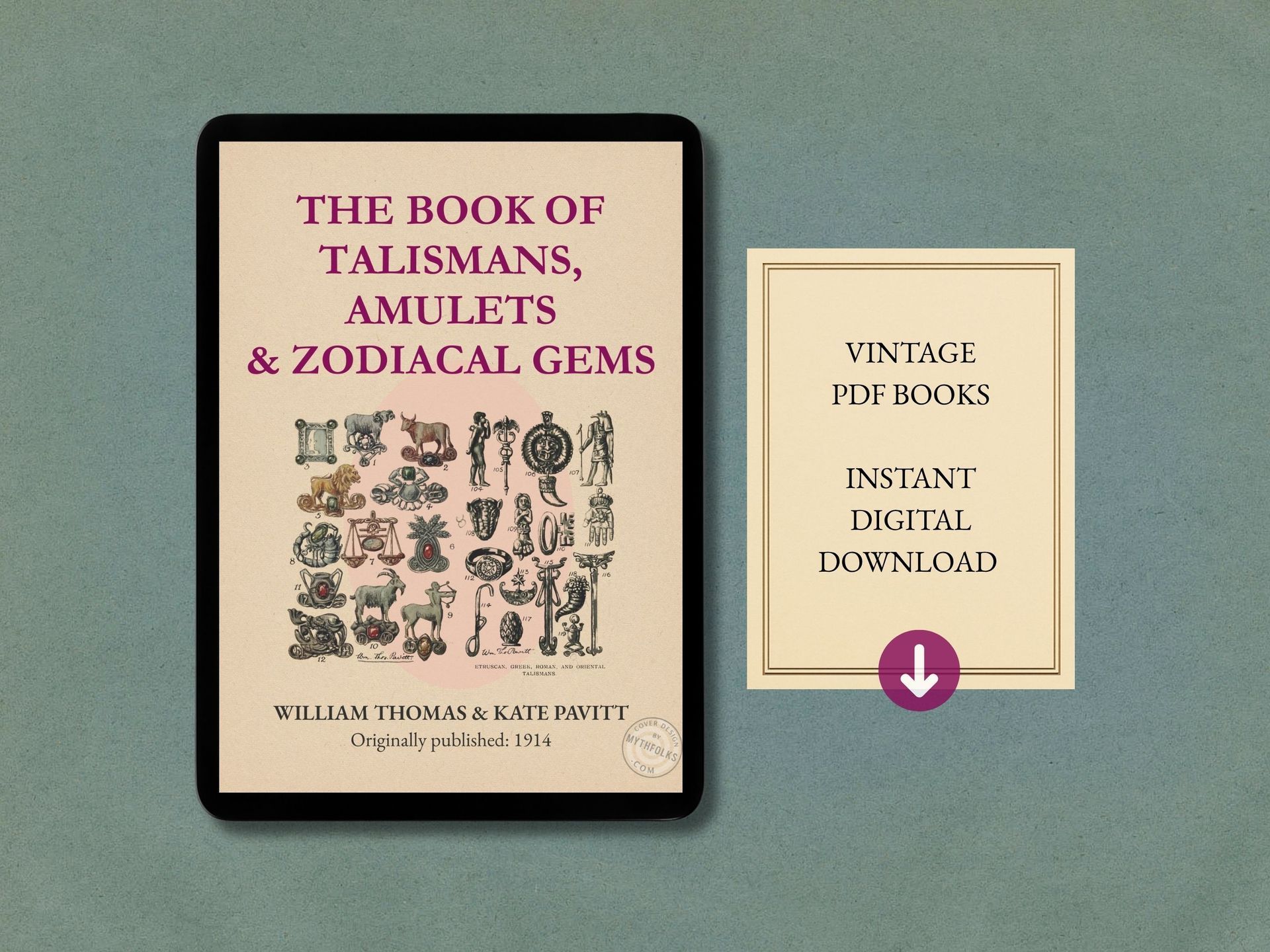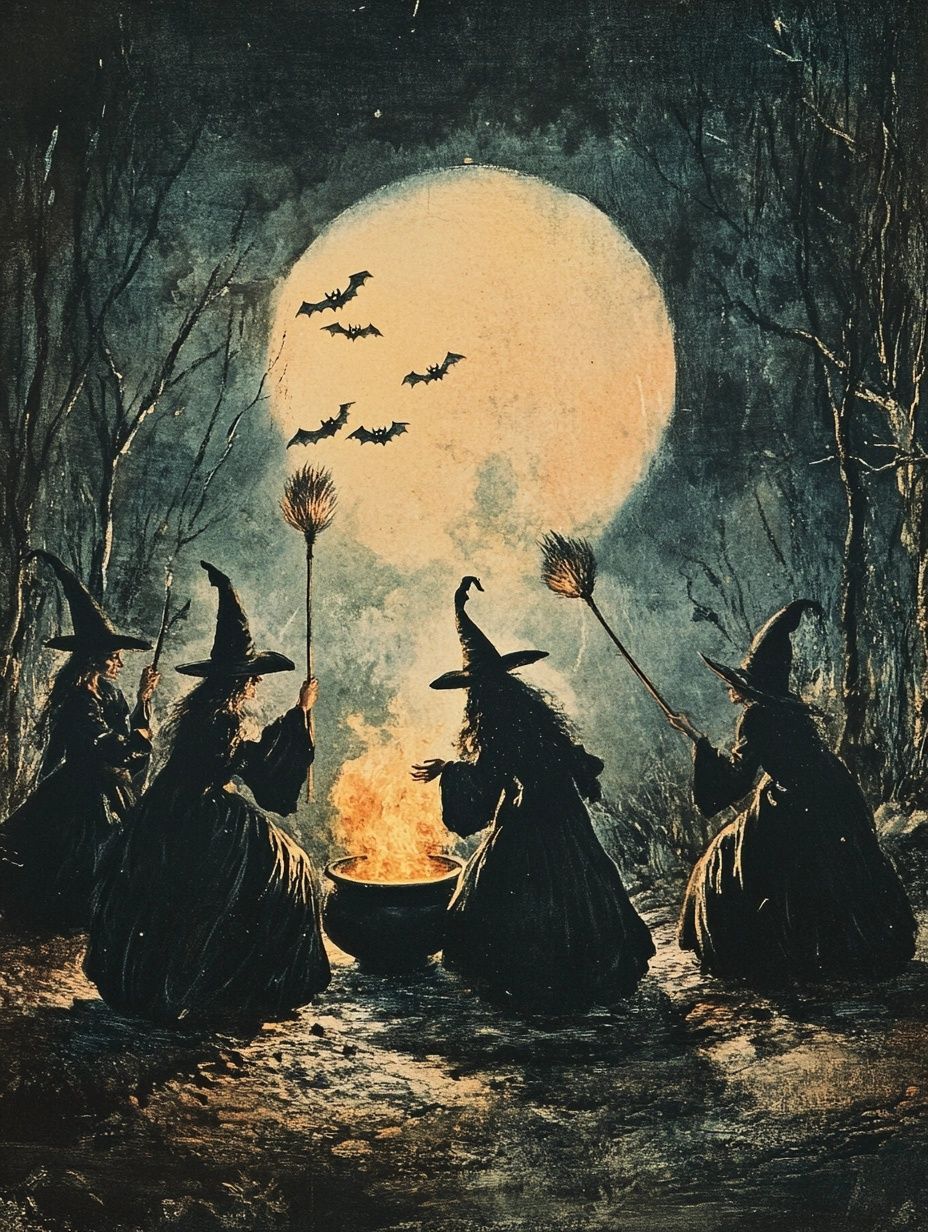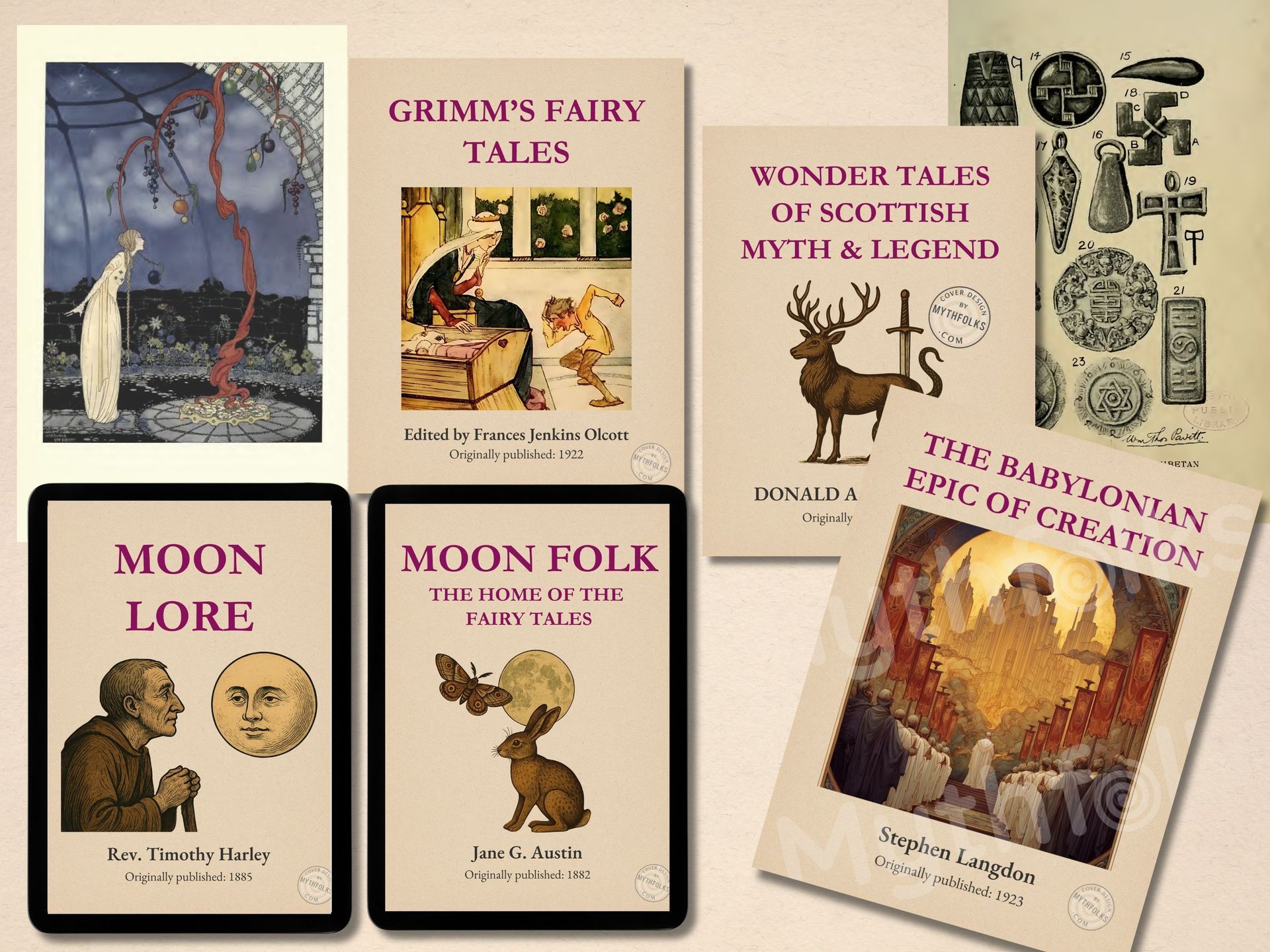Talismans, Amulets & Zodiacal Gems: the Beginner’s Guide to Ancient Power Objects
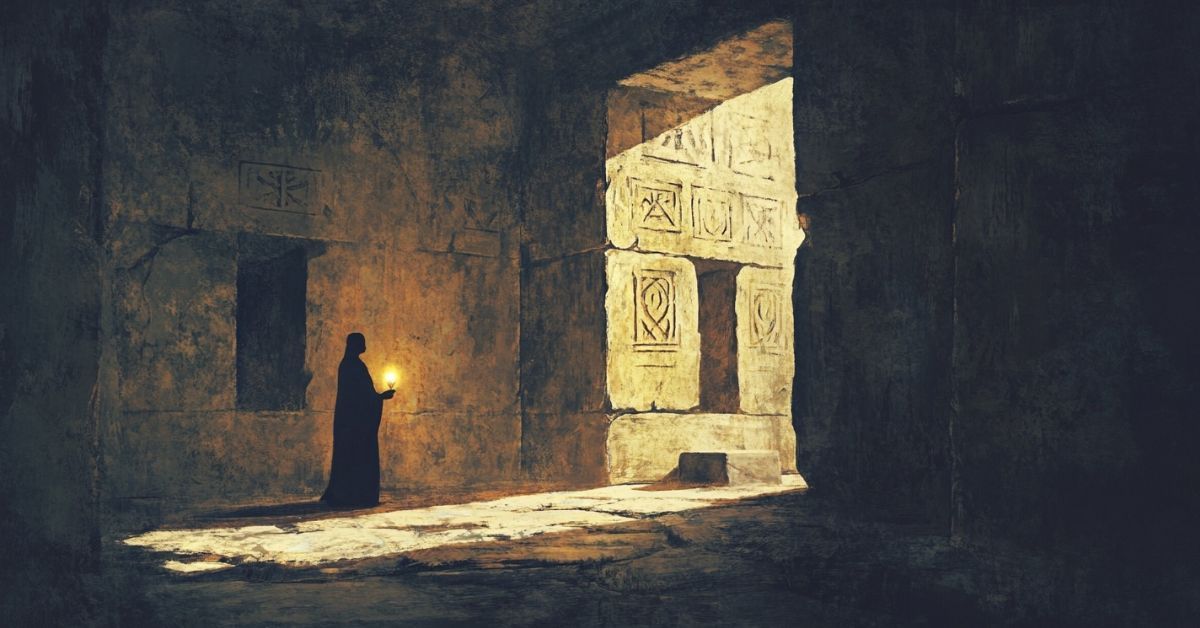
I’ve never been much of a true believer when it comes to magical objects. But I’ve always been fascinated by the idea of magic (ever since I first read Roald Dahl and later thanks to all the witchcraft in Buffy the Vampire Slayer).
So naturally, as the owner and writer of a folklore website, I found myself wanting to learn more about the history of talismans, amulets and other mystical (and mythical) occult gems that have been part of global folklore for millennia.
And in many parts, they’re still very prevalent today. It’s a huge topic so I’ve broken them into a few articles - more coming soon!
Start here for all the basics on these power objects.
Published: 18th Jun 2024
Author: Sian H.
What Are Power Objects?
People often lump these items together. But they actually serve distinct purposes, all tied to ancient beliefs.
The Amulet: your apotropaic shield (or deflector)
An amulet is a protective shield and its job is simple: to avert evil.
The term "apotropaic" is often used to describe such objects - apotropaic comes from the Greek, apotropaios, and literally means "averting evil." These objects were designed to push back negative energies, illness, misfortune and dark influences.
The word "amulet" itself comes from the Latin amuletum, a term used by Roman author and naturalist Pliny the Elder – he of the encyclopedic Natural History – to describe items worn for their therapeutic, evil-averting, or even exorcistic benefits.
An amulet is meant to operate as a passive safeguard, simply deflecting unwanted forces aimed at its owner.
Historically, amulets took countless forms - often instantly famous and recognisable today:
- The Eye of Horus from ancient Egypt, symbolized healing and regeneration, often used to prevent illness and injury.
- The Hamsa hand, common in Middle Eastern cultures, remains a powerful guard against the "evil eye" and general bad luck.
- Even the
Christian cross, worn by believers, functions as an amulet, providing spiritual defense and warding off perceived evil.
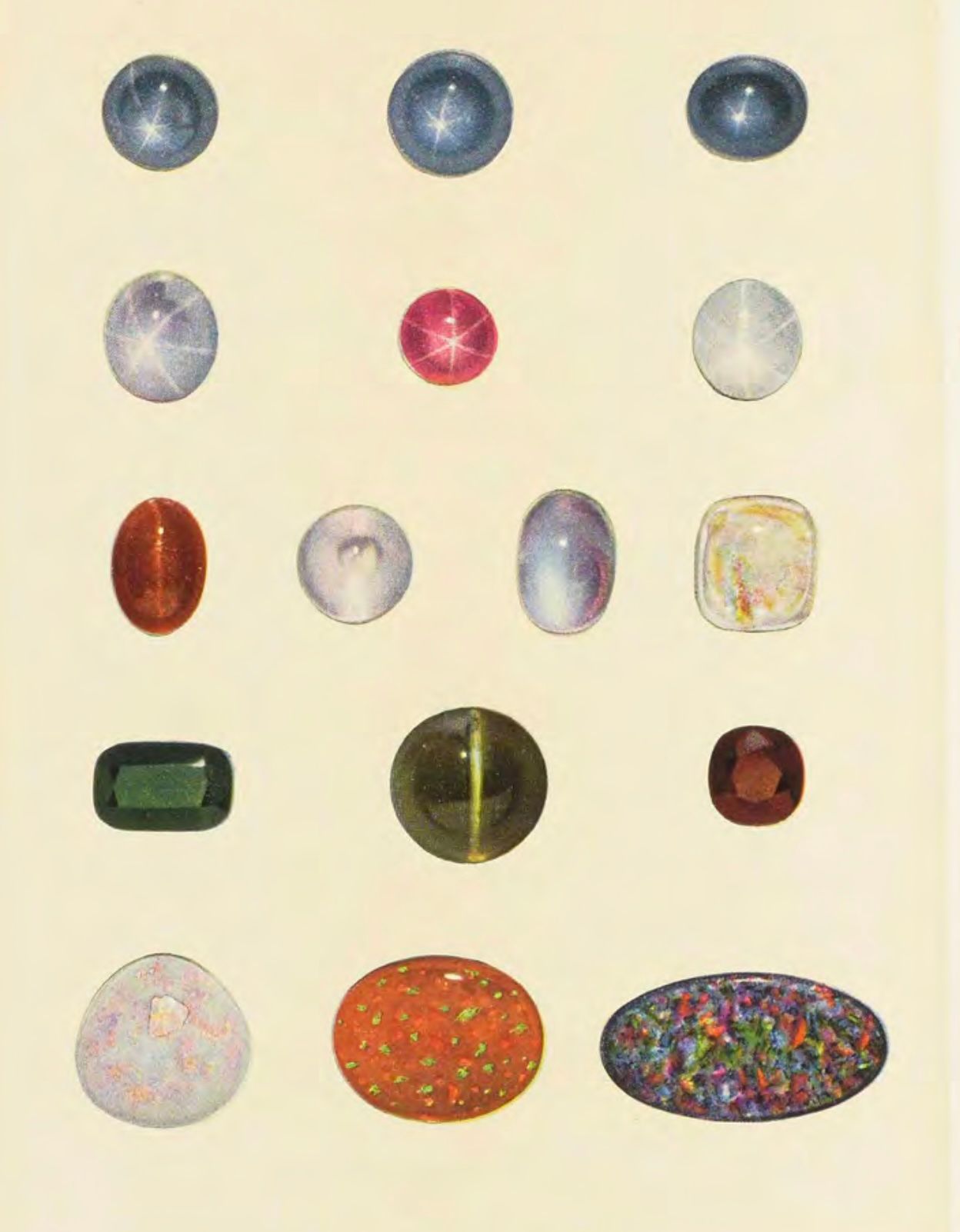

The Talisman: your magnet
On the other hand, a talisman has a more proactive purpose - it’s designed to attract good luck, specific energies or to aid in making desires and goals happen.
Its origin traces to the Greek telesma, meaning a "consecrated or sacred object." Unlike many amulets - which might often be found objects or generally blessed - talismans were typically crafted with deliberate intent.
They were also often charged through specific ritual, symbolism and alignment with cosmic or astrological forces - like favourable planetary alignments - which were believed to bless it with concentrated energies.
The Seal of Solomon, a complex geometric figure, is a classic example of a talisman and was thought to grant wisdom, power and control over spirits.
Zodiacal Gems
Zodiacal gems represent a specialized category. These are specific gemstones believed to align with astrological signs, days of the week, months, or seasons. The idea is that they radiate energy corresponding to these celestial influences, positively impacting the wearer's life.
These gems can serve a dual function: offering protection, much like an amulet and attracting beneficial qualities, similar to a talisman, based on their unique cosmic resonance.
Their selection is often deeply personal, tied to one's birth chart or a specific astrological need, making them intimate power objects. And also double useful!
A brief history of these magical objects
From the earliest traces of human civilization, objects believed to hold power served as companions and protectors. The exact origins of talismans and amulets are hard to pinpoint. But, their presence is a constant thread throughout human history, reflecting a profound belief in unseen forces and the ability to influence fate.
Origins, early forms & multi-purposes
The urge to create and carry these powerful objects goes right back to primitive peoples.
Early examples include natural things like arrowheads and axes.
The Swastika, Serpent and Interlaced Triangles also emerged as early symbolic talismans (and here a famous example of a positive power symbol being hijacked to serve nefarious agendas).
While keeping harm away and attracting positivity are primary functions, talismans and amulets served a surprising range of more nuanced purposes across cultures:
- Wisdom and understanding: Some talismans, like those showing Buddha's Footprints, were specifically designed to give wisdom. Gnostic talismans with sacred names and symbols were believed to grant vitality, understanding and protection.
- Reproductive power and regeneration: Siva's Charm, a Hindu talisman, wasn't just for protection against ghosts and goblins but also seen as a regenerator and controller of reproductive power.
- Joy and prosperity: In Japan, images of Ota-fu-ku, the joyful goddess, were painted on gifts and purses. People believed they brought prosperity, joy and good fortune to those who saw her face.
- Spiritual and material well-being: Indian talismans, often religious, depicted deities and were used for the wearer's spiritual and material well-being.

Enjoying this article? Check out this rare, vintage ebook all about talismans, amulets & the zodiac!
(Clicking the link will open the Mythfolks Etsy shop in a new tab.)
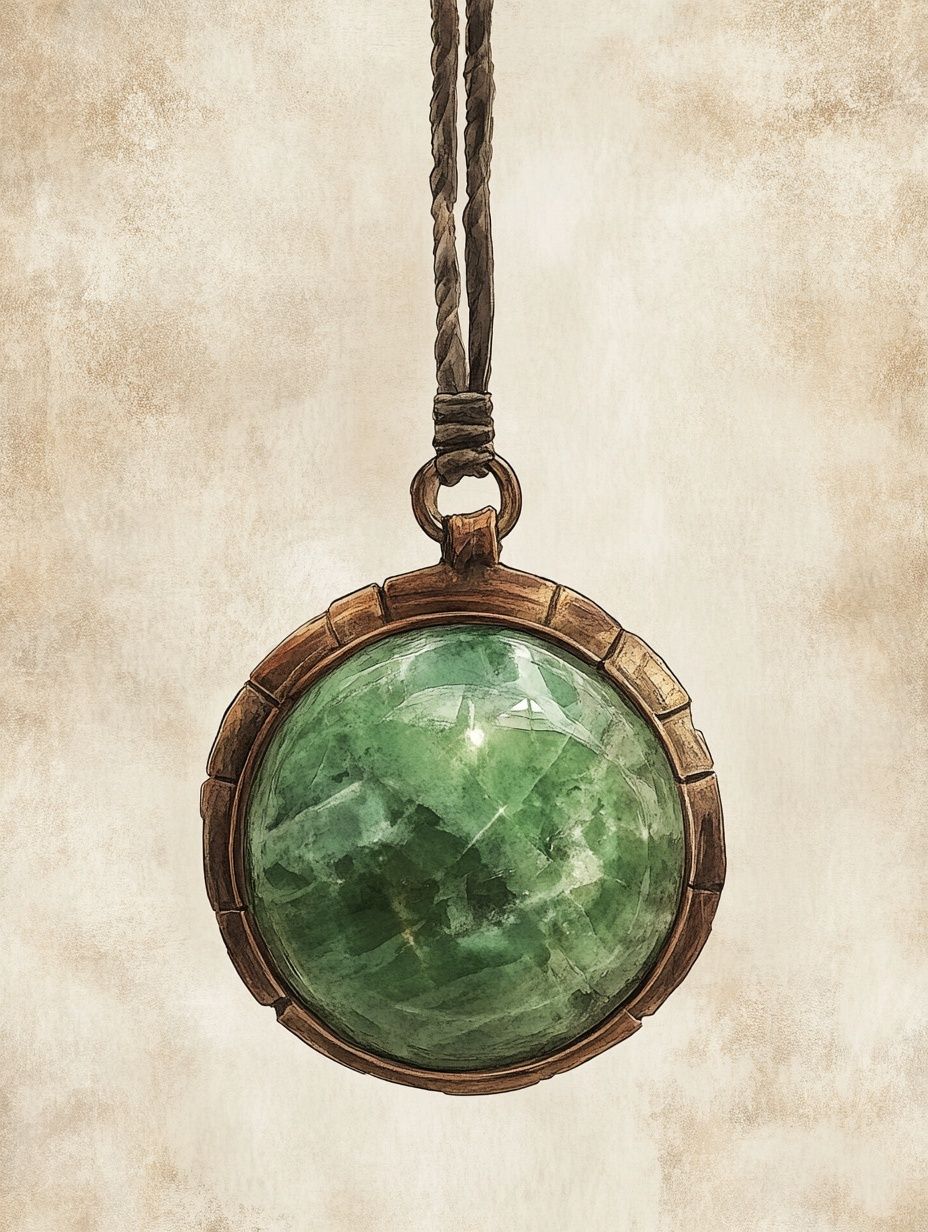
Common materials in talismans and amulets
The materials chosen - especially for talismans - and amulets were rarely picked at random. They were often selected for their inherent properties or what they symbolized:
- Jade: Highly valued in Chinese culture, jade was a common material for talismans.
- Money Swords: These Chinese charms made of metal were believed to be "all-powerful against ill-luck to the house and against the machinations of evil spirits," and also attracted wealth when hung correctly.
- Red Pigments: The colour red itself played a big role in Chinese talismans.
- Amber: Beyond looking good, amber was worn as a "prophylactic against goitres," deafness, digestive troubles and as a child's amulet against convulsions during teething.
- Lodestone (Magnetite): Revered for its magnetic qualities, lodestone was believed to attract or repel, with old stories even suggesting its use in suspending statues.
- Copper: This metal was used as a talisman specifically "against Colic and Cholera."
- Agnus Dei: These were discs of wax from the Paschal candle, blessed by the Pope and worn as protection against various illnesses.
Why do sacred objects still appeal so much to us today?
As I prefaced up front I’ve never personally gravitated towards these kinds of magical gems and objects, but I get the ongoing appeal.
There's something deeply personal involved in creating or finding an object that helps you to feel something. Or is a way for you to connect to the unseen. Or to feel some control over our lives that so often feel out of control.
Historically, these items also had practical roles in early medical practices and were worn as symbols of social status, acting as deeply personal identifiers.
Today many of our status symbols are considerably less spiritual and mysterious.
Flashy cars and houses. Garish jewellery. Fancy holidays (all documented online for everyone to see, because if it’s not, did it really happen?).
These are more likely to be the symbols we display or carry to prove ourselves to our fellow man, to feel more secure and safe in our lives.
But the original, mystical versions haven't gone away, even though they might sometimes be denigrated as "magical woo woo" by the judgemental and close-minded (at least in the West).
Plenty of people today still turn to objects with meaning beyond aesthetics or wealth, relying on charms, stones and shapes in their everyday lives. So no, they haven't gone away, they're just much more hidden than they were in the past.
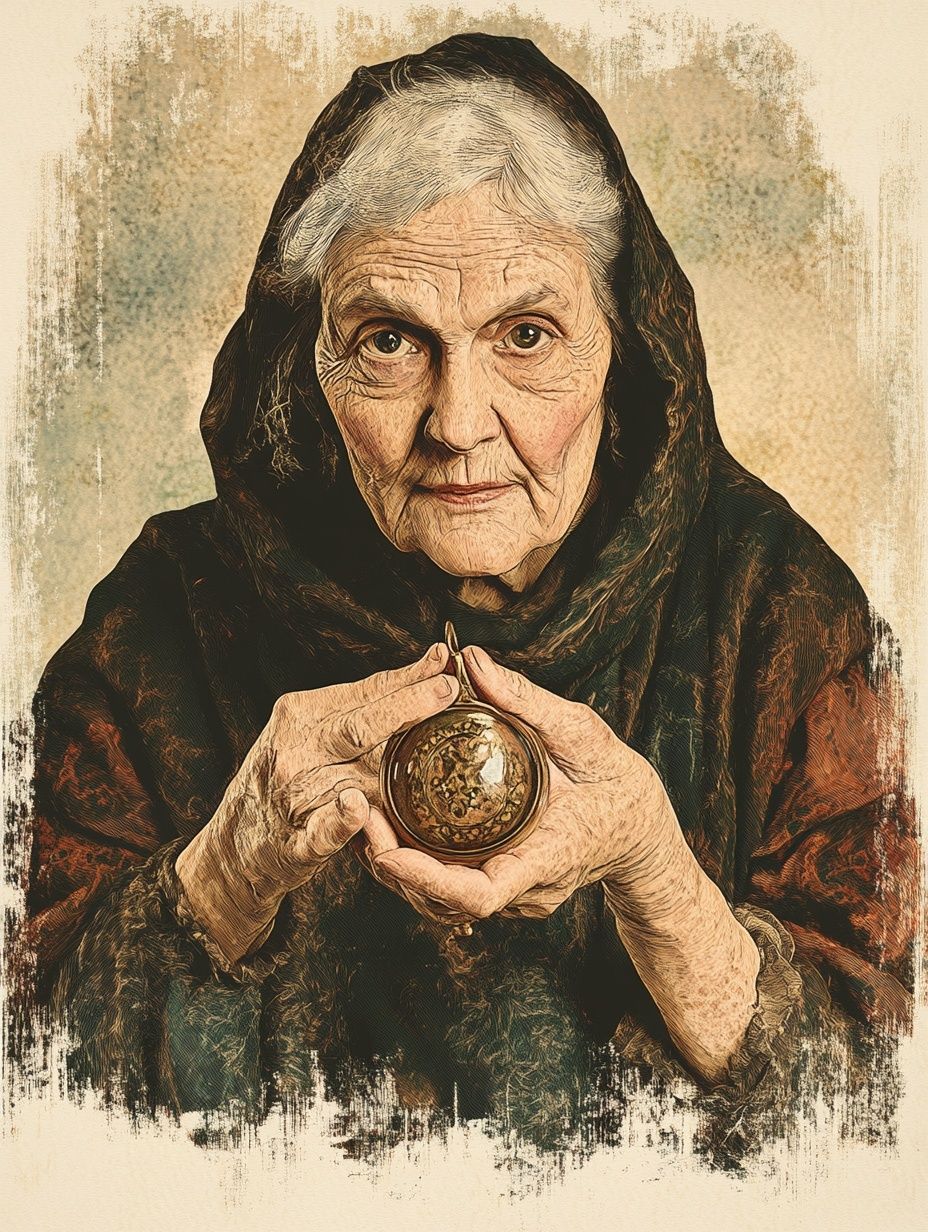
The world of power objects is huge and rich and goes far beyond these basic definitions. Their forms, uses and cultural significance vary dramatically across continents and eras - check out the next article on
the global history of these magical objects here!
Article sources
- Pavitt, William Thomas, and Kate Pavitt. The Book of Talismans, Amulets and Zodiacal Gems. London: William Rider & Son, Ltd., 1914.
- Witchcraft beliefs around the world: An exploratory analysis - PMC - PubMed Central
- Leland, Charles Godfrey. Gypsy Sorcery and Fortune Telling. London: T. Fisher Unwin, 1891.
- Lévi, Éliphas. Transcendental Magic: Its Doctrine and Ritual. Translated by Arthur Edward Waite. London: George Redway, 1896.
Shop vintage, digital folklore books about talismans & amulets
I spend a lot of time digging through old and out-of-print folklore texts and curate selected titles as digital editions.
This is one of the best books I used researching this series on talismans and other special objects and many of the fun facts in this article are derived from this vintage text from 1914.
I've given it a new cover, tidied and compressed the original scan and repackaged it into a convenient digital download at a great price. Discover 314 pages full of mystical goodness!
(Clicking the link will open the Mythfolks Etsy shop in a new tab.)
You might also like


